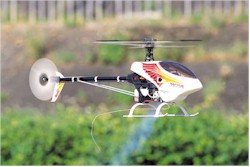 Remote
Control Helicopter.com Remote
Control Helicopter.com
|
Remote Control Helicopter . Com
Pictures and Photos
How to build cheap
training gear for your heli.
R/C Helicopter Forum Chat Boards
Remote Control Helicopter
Terms and meaning to words related to r/c helicopters and heli's.